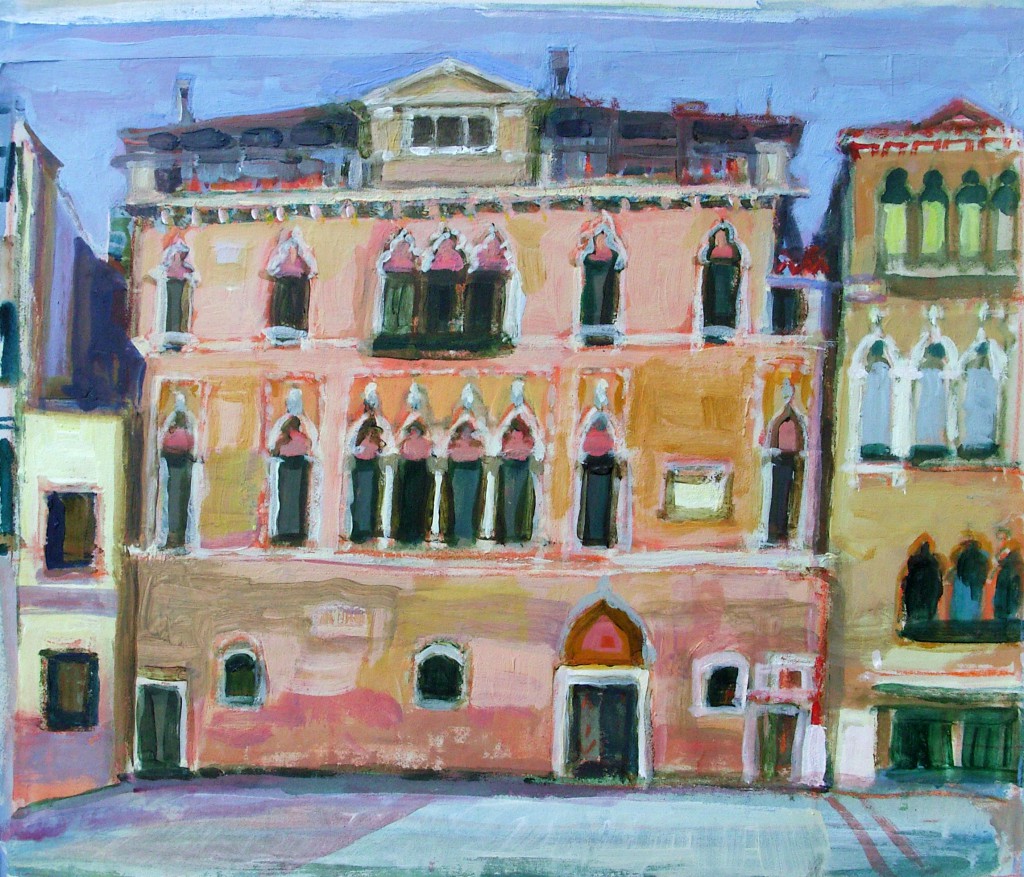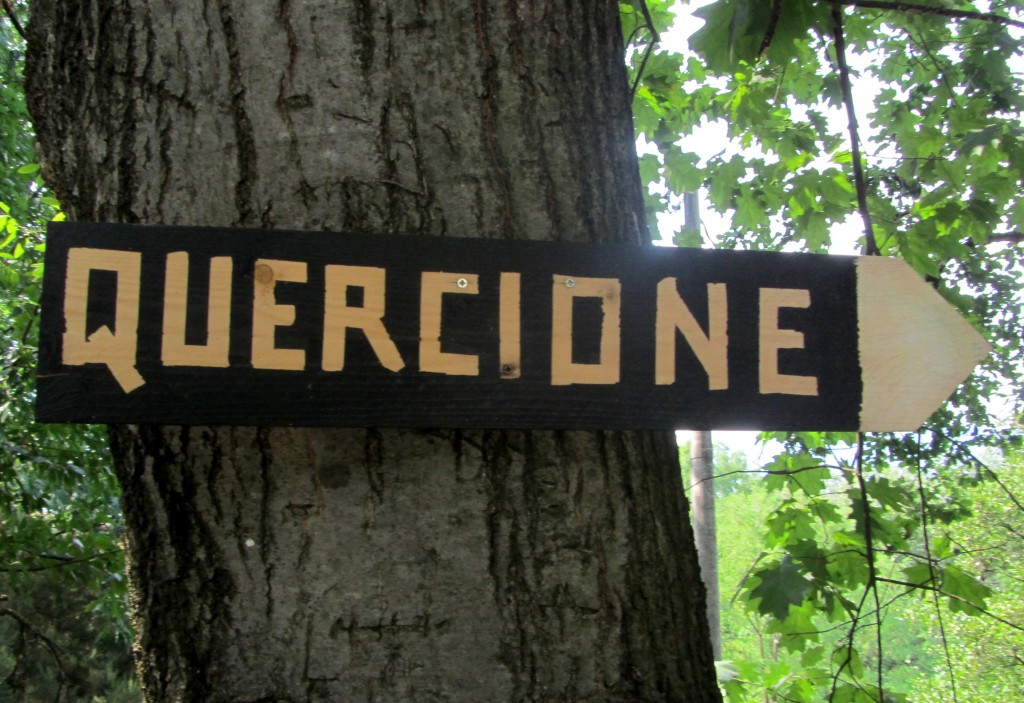
We’d read about a giant oak tree, Quercione (big oak), north of Montecarlo in the province of Lucca, in a village called San Martino in Colle. It sounded magical and intriguing but also a little confusing.
Where the hill of Monte Carlo declines in the north slope below the village of San Martino in Colle, there is the “Quercione of Carrara.” This is a monumental oak (Quercus pubescens), whose age exceeds 500 years, the height of 14 meters, the circumference of the shaft 4 meters and the opening of branches more than 30 meters. The surrounding lawn is charming place and meeting place for romantic encounters. On this tree are passed down legends of witches in her hair would keep, in the nights of full moon, their Sabbath. It is said, also, that this is the oak tree where the cat and the fox hanged puppet Pinocchio: Collodi, in fact, is a stone’s throw away. The place is always accessible and is definitely worth a photo. Continue reading “Quercione”














